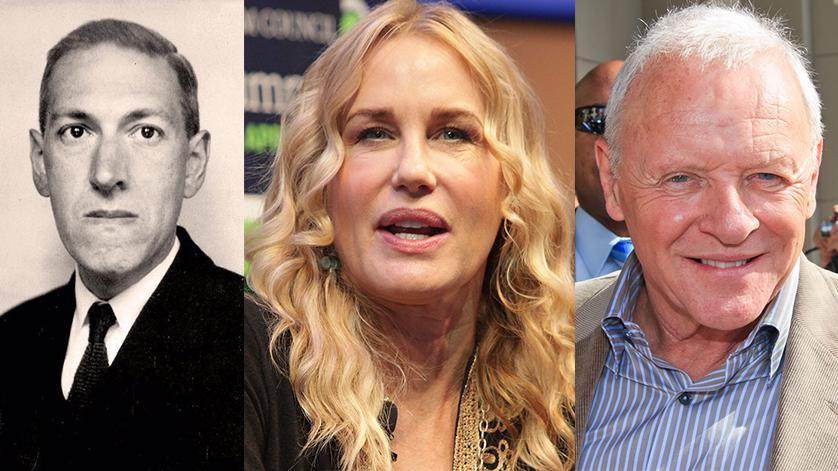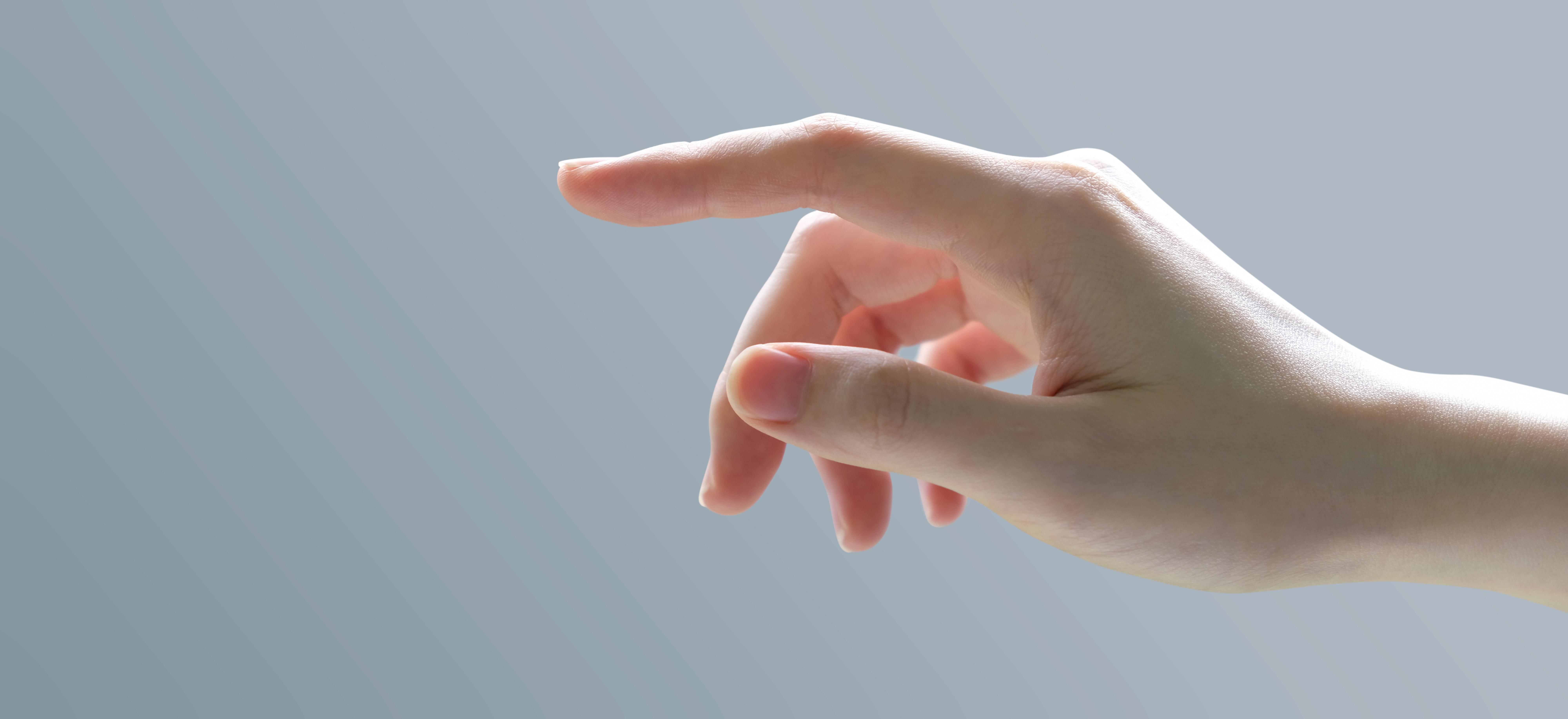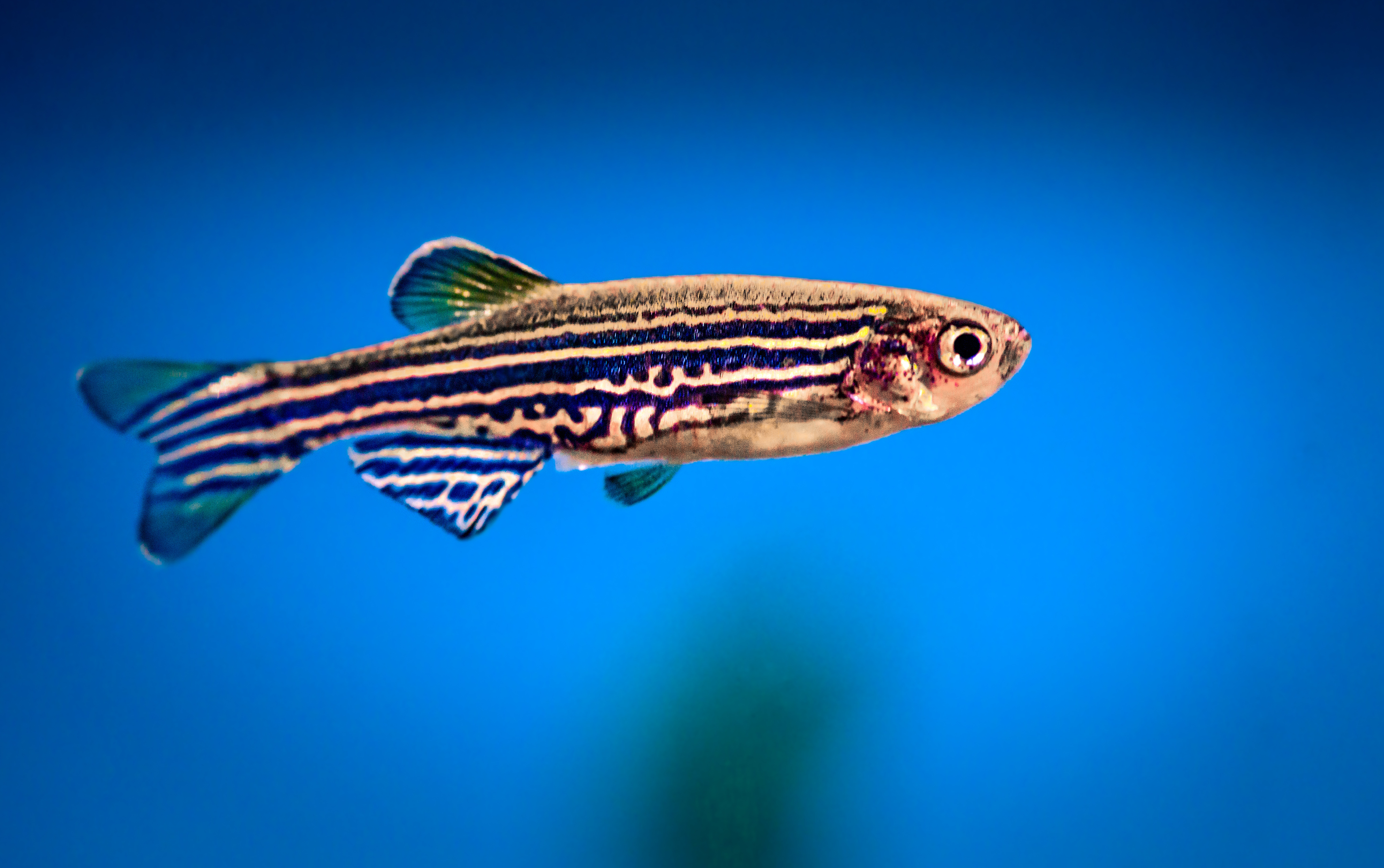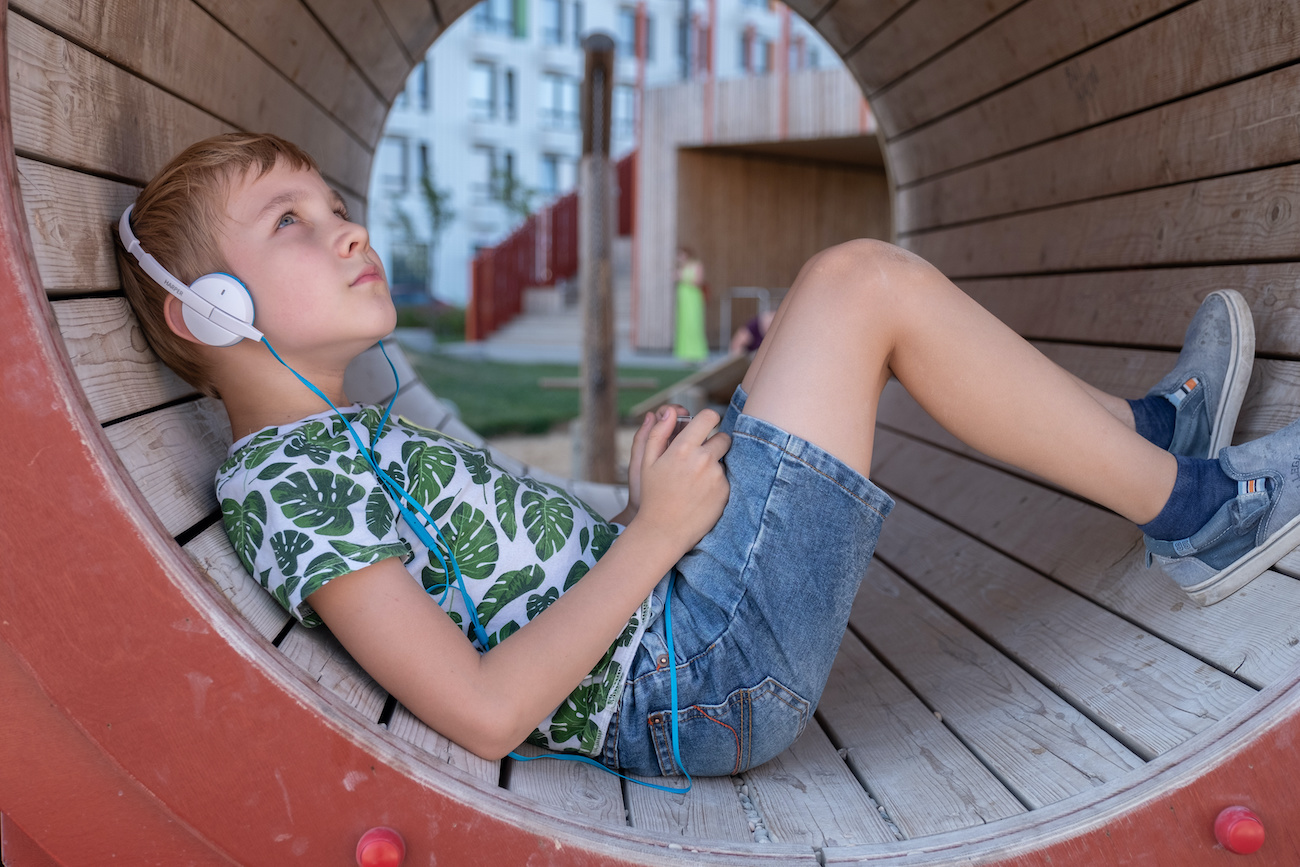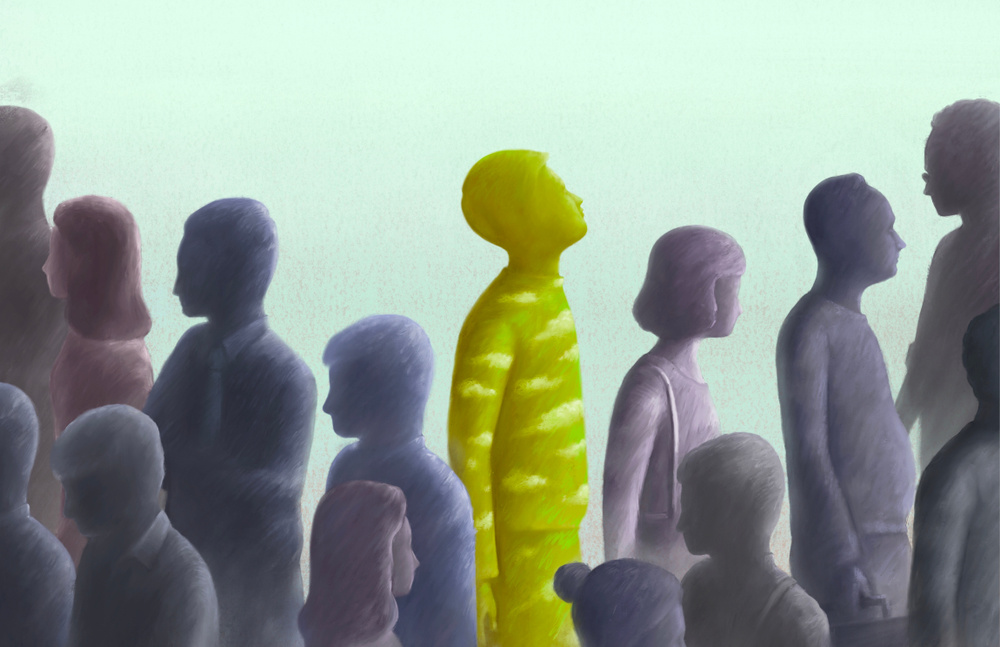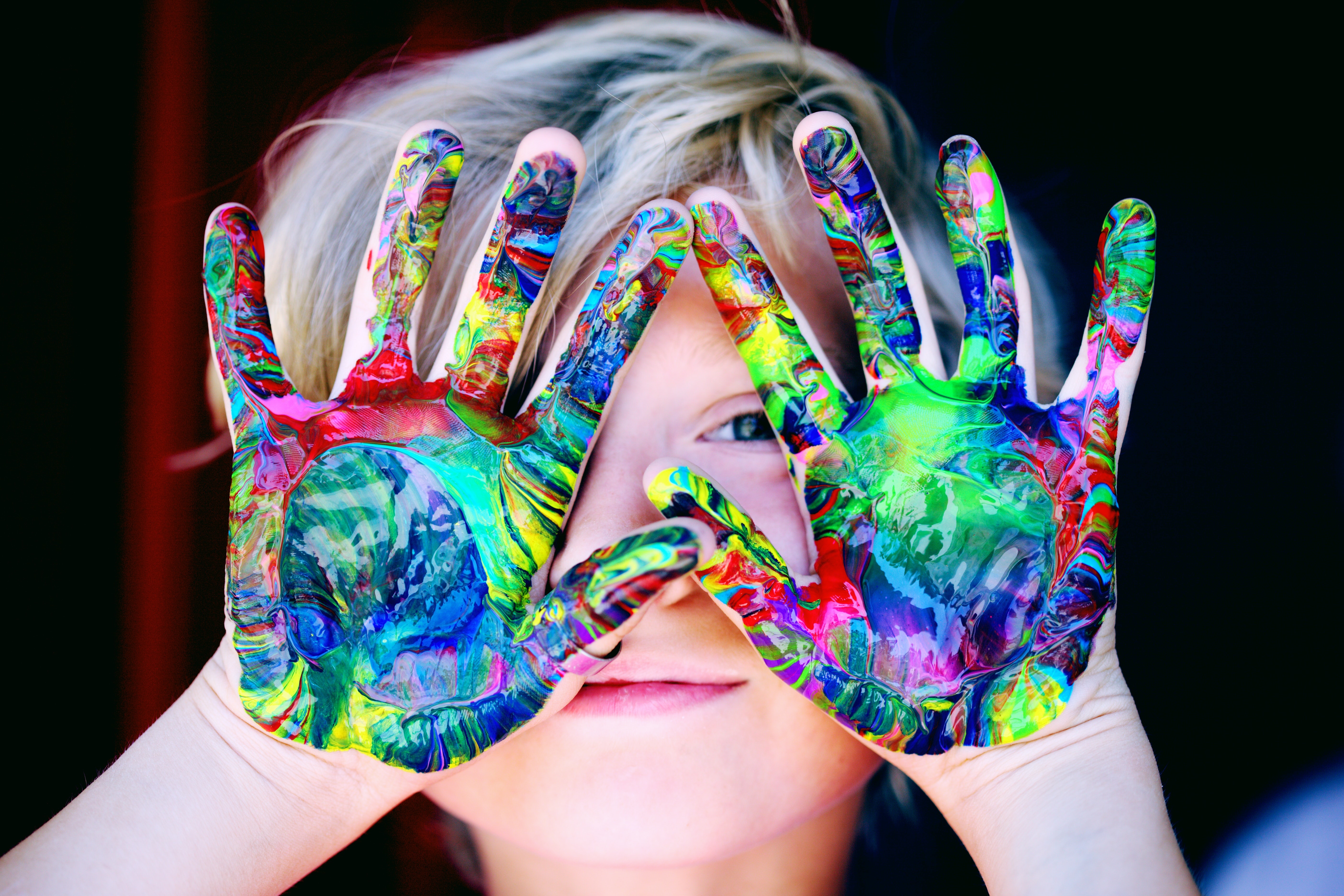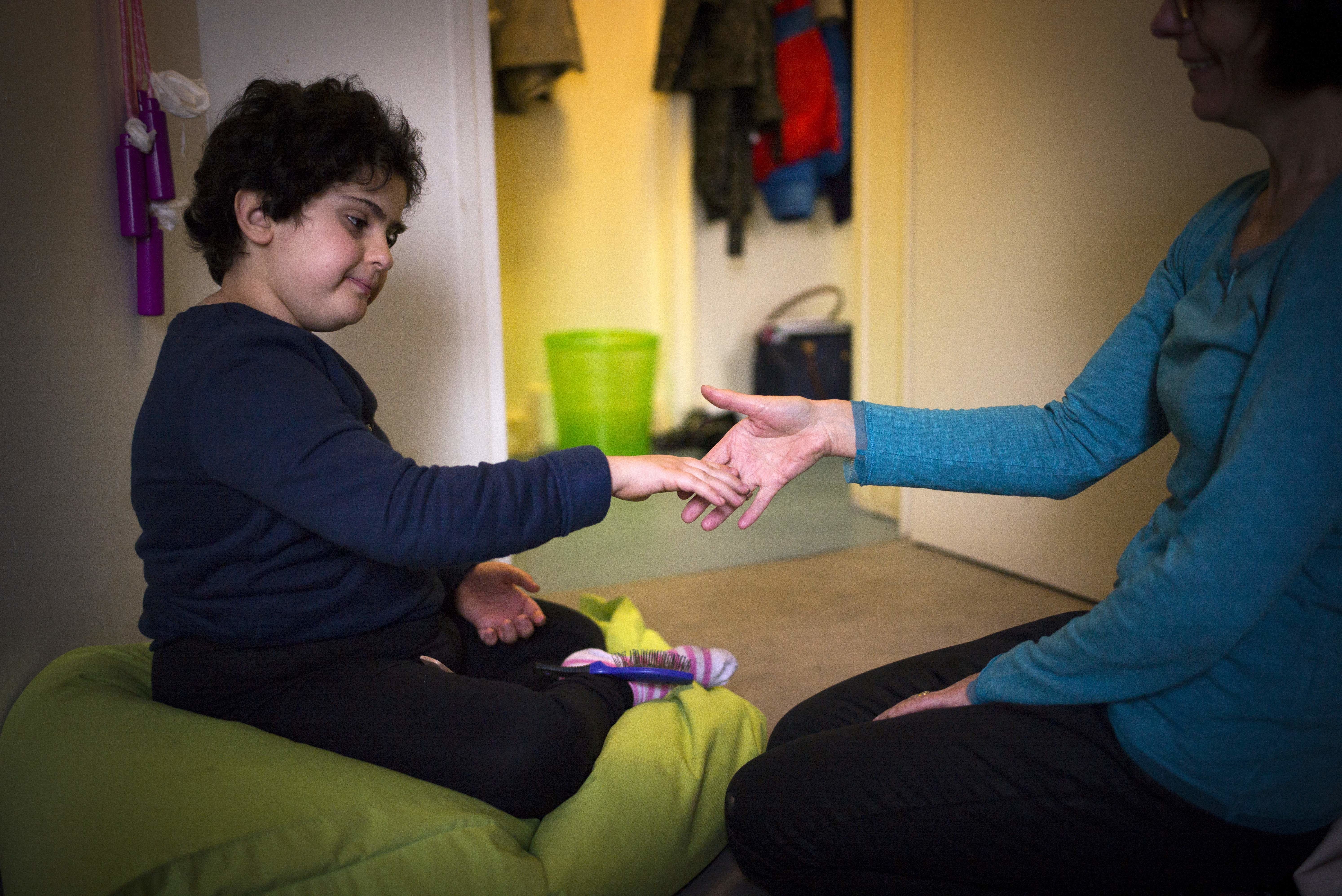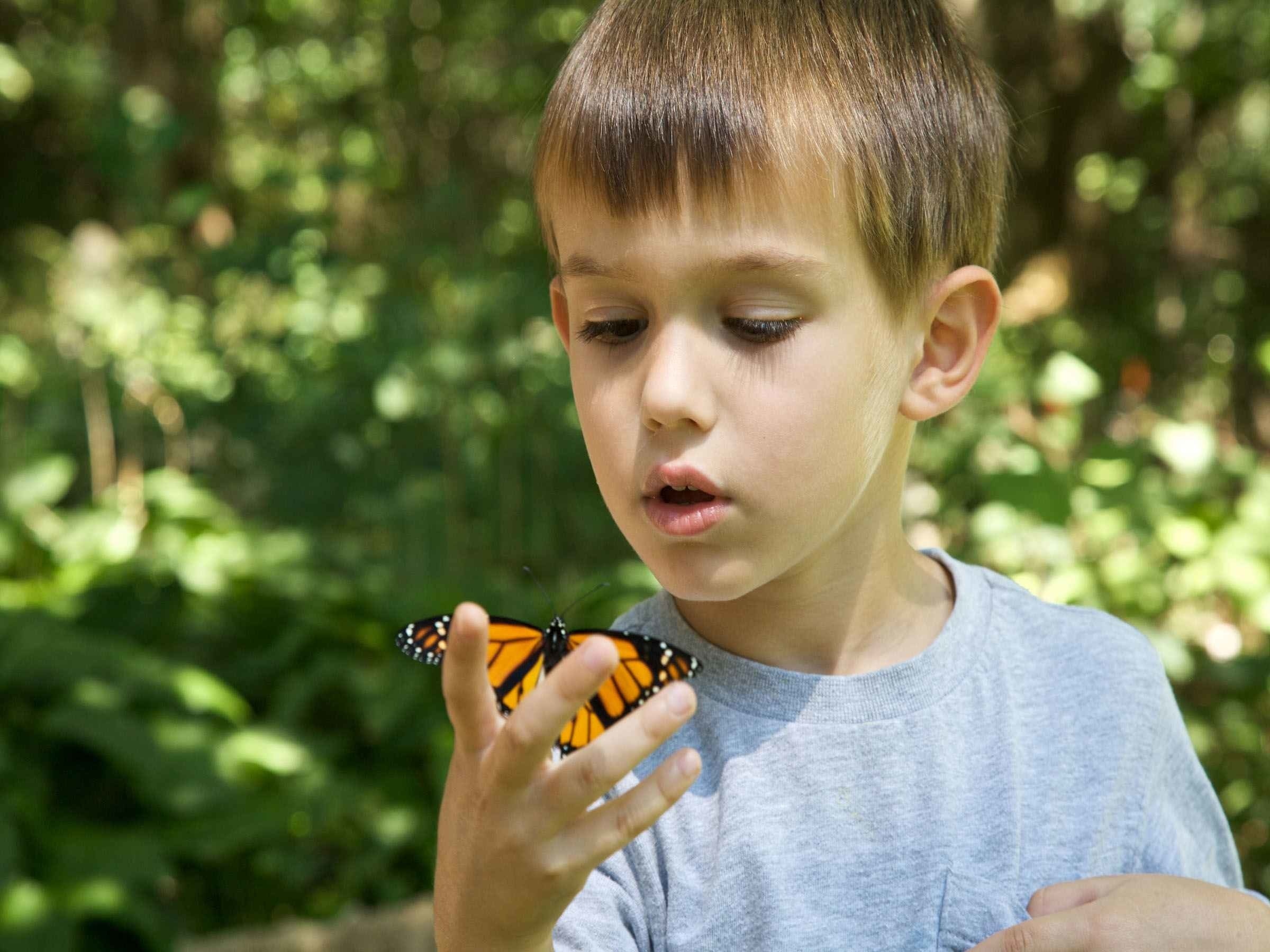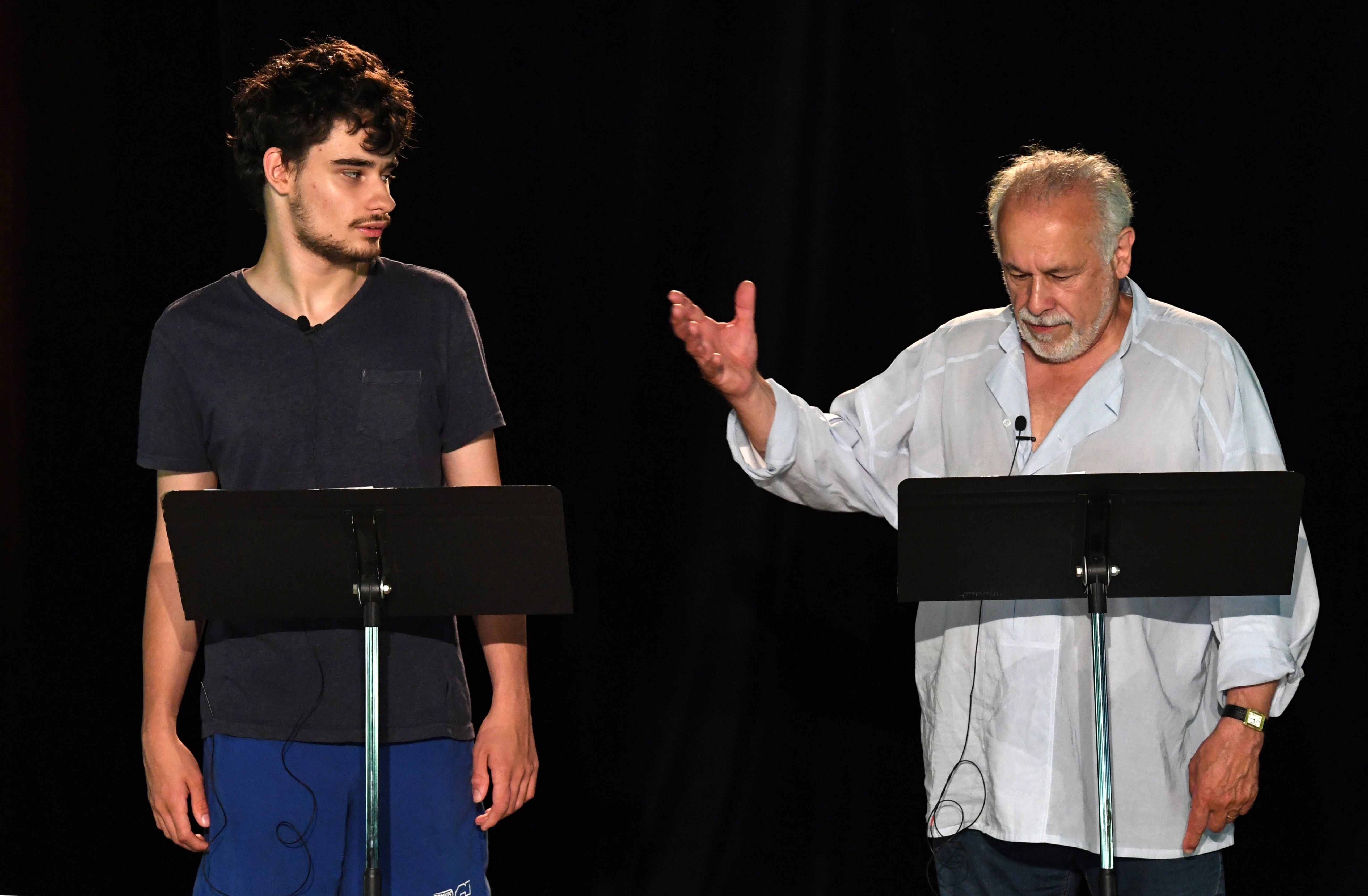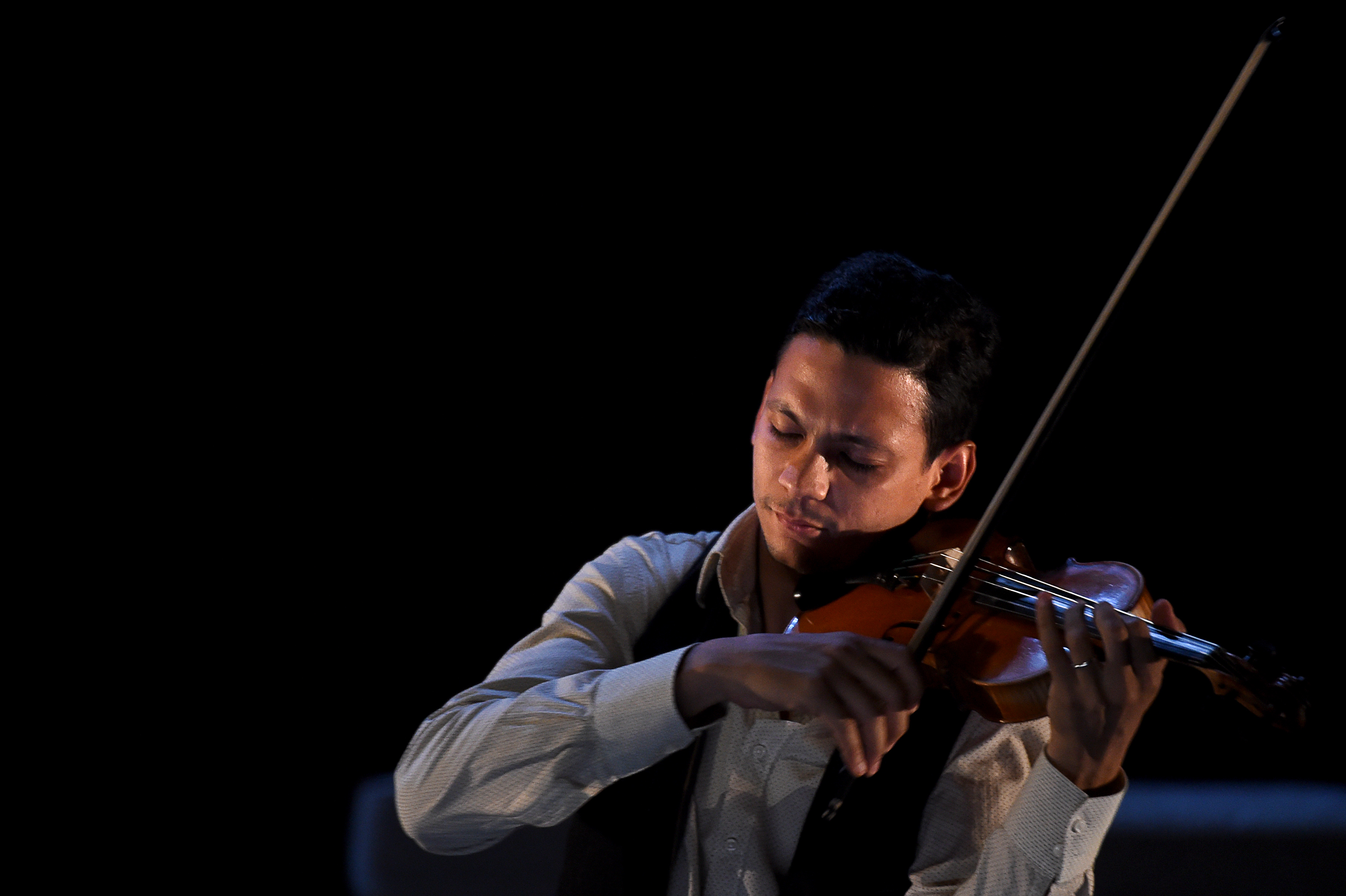autism spectrum disorder
Words of wisdom from H.P. Lovecraft, Sir Anthony Hopkins, Dr. Temple Grandin, Hannah Gadsby and more.
This small-scale study may have uncovered a new link between the peripheral nerve system and autism.
These tiny fish are helping scientists understand how the human brain processes sound.
“Such studies will lead to a better understanding of brain development in both autistic and typical individuals.”
While the benefits of music therapy are well known, more in-depth research explores how music benefits children with autism.
Creating a better understanding by clearing up common misconceptions about the neurodiversity movement.
Symptoms of mental illness in children are often dismissed as “going through a phase.”
New research shows that neurons in autistic brains begin to developmentally diverge in early prenatal stages.
Prior to COVID-19, 45% of people with intellectual disabilities reported feeling lonely.
Groundbreaking neurological research on songbirds provides insight on human learned behavior and speech.
Autism is a widely misunderstood condition surrounded by falsehoods, half-truths, and cultural assumptions.
The study — which involved more than 2 million children — is the largest of its kind.
The more we learn about the microbiome, the more the pieces are fitting together.
Musical savants have “enhanced pitch discrimination” and “increased auditory perceptual capacity.” But why?
